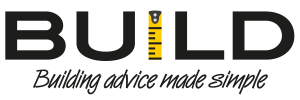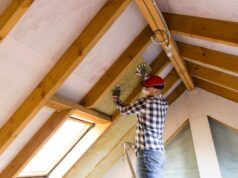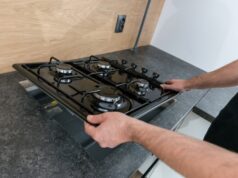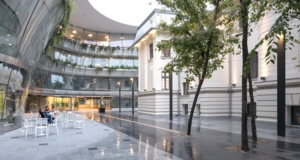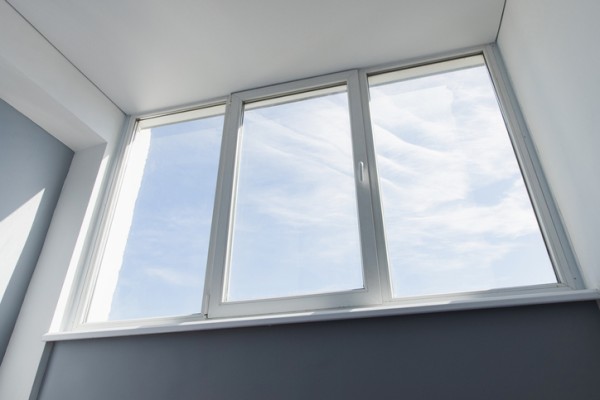
Horizontal sliding windows (sometimes called sliders) feature two or more sashes that glide sideways on tracks for smooth, space-saving operation. Once favoured for their affordability and size flexibility, they remain a top choice in the Australian residential market. Frames now commonly use aluminium, uPVC and timber; double or even triple glazing is increasingly common.
Frame and glazing options
- Aluminium frames with thermal breaks offer durability and sleek aesthetics.
- uPVC frames are gaining popularity, praised for energy savings, low maintenance and recyclability.
- Timber provides classic appeal but demands more upkeep.
- Double-glazed IGUs (with Low‑E/argon fill) are standard; triple glazing is rising, especially in cool climates like Victoria and Tasmania.
Energy performance and compliance
Australia’s energy efficiency measures require windows to meet National Construction Code (NCC) standards, using:
- AS 2047 testing for wind and water resistance
- WERS (Window Energy Rating Scheme): A 0–10 star rating system covering heating and cooling performance.
Top-tier aluminium frames usually score 6–7 stars (heating) and 4–5 stars (cooling), while high-end uPVC and timber can achieve even better results. If you’re aiming for a 7‑star NatHERS home, WERS‑rated windows are essential.
Key performance metrics:
- U‑value (Uw): Lower = better insulation.
- SHGC: Lower values help reduce heat gain, useful in hot climates.
- Air infiltration rating ensures draught prevention.
- Look for AFRC-accredited WERS labels, certifying third-party verification.
Ventilation and operating styles
- Single-slider: One fixed, one sliding sash.
- Double-slider: Both sashes move—maximum airflow.
- Great ventilation and compact design but only half the window opens at once.
Weatherproofing and drainage
Sliding windows require precise design to avoid water pooling. Modern frames include self-draining sills and compressive seals to guard against wind-driven rain, keeping water where it belongs.
Energy leaks and seals
While traditional sliders use brush seals, newer models employ compression seals and tighter hardware to minimise air leakage. This helps boost WERS ratings and stop energy loss.
Acoustic performance
Sliding windows tend to leak more noise than compression-sealed types (e.g., casement), but:
- Double or triple glazing, especially with laminated glass, significantly improves sound insulation.
- For noisy environments, consult an acoustics engineer or choose high-spec glazing.
Maintenance
- Keep tracks free of debris—vacuum or brush them regularly.
- Many windows allow sash removal, easing internal and external cleaning.
- Rollers and seals may need periodic adjustment to maintain smooth operation.
Design and architectural fit
- Ideal where external clearance is tight (e.g., decks, pathways).
- Seamless sightlines complement modern minimalist aesthetics.
- Sliding insect or security screens are easy to retrofit due to the flush exterior.
Choosing the right model in 2025
- Check WERS label: Aim for 6–7 stars heating/4–5 stars cooling.
- Choose sealed frames: Compression or triple-brushed seals enhance efficiency.
- Select appropriate glazing: Double or triple, Low‑E coatings and laminates for noise or solar control.
- Consider climate & orientation: High SHGC windows serve cold areas, low SHGC for hot, humid zones.
- Installation & certification: Ensure compliance with AS 2047 and NCC; look for WERS certification.
Closing thoughts
Horizontal sliding windows remain a practical, stylish and energy-smart option in Australia.
When paired with high-performance frames, advanced glazing and certified energy ratings, they offer great value; efficient, low maintenance and compliant with today’s building regulations.
